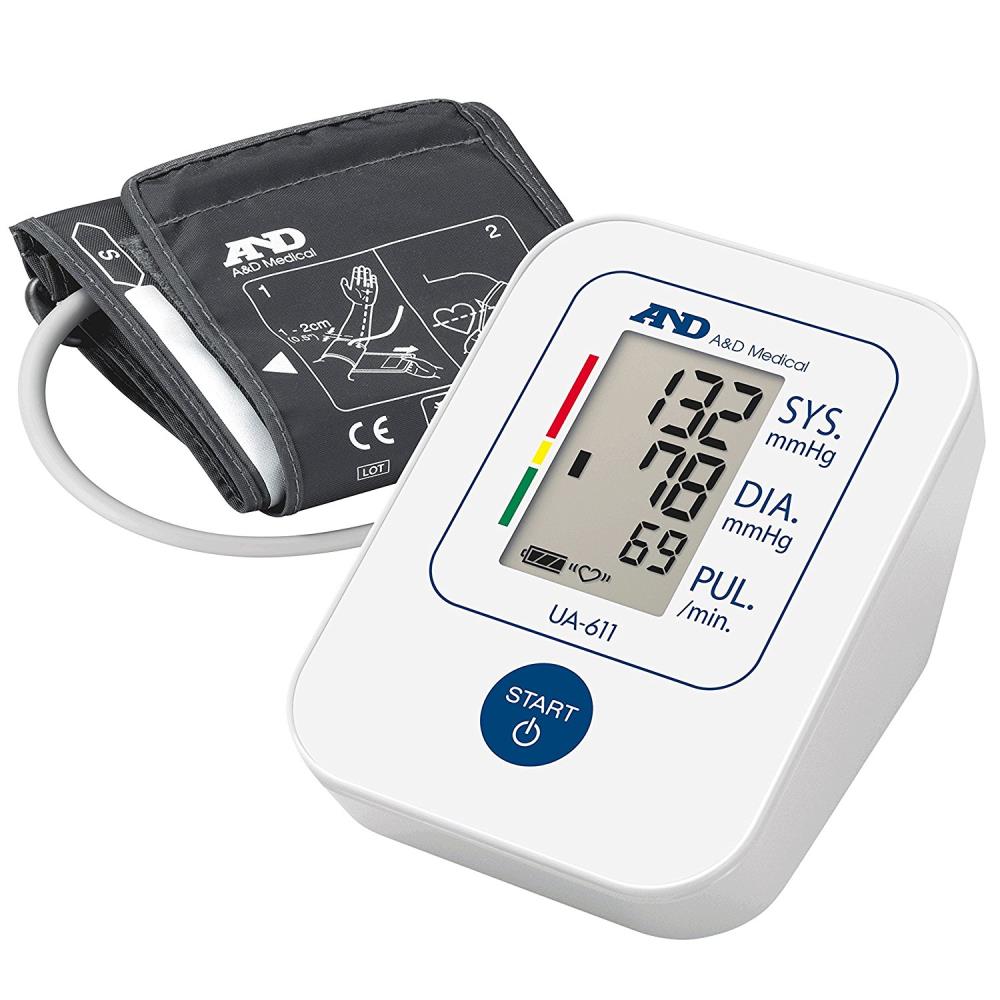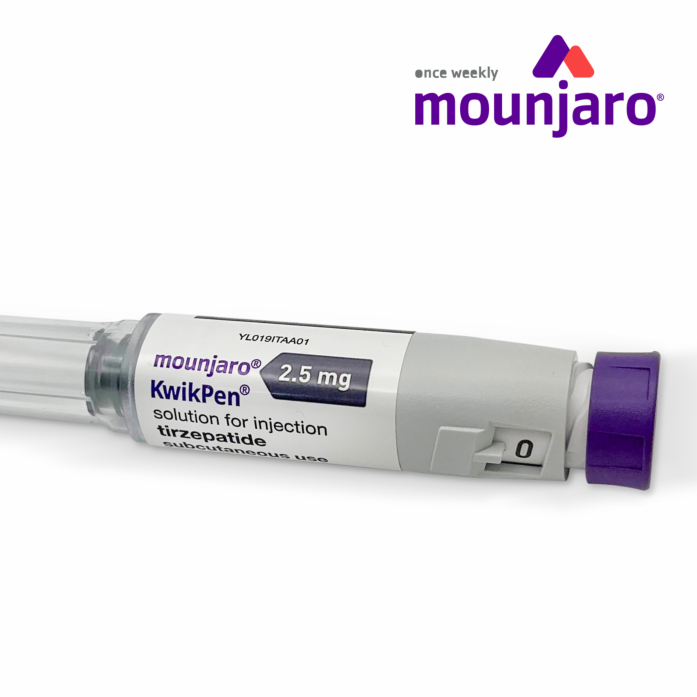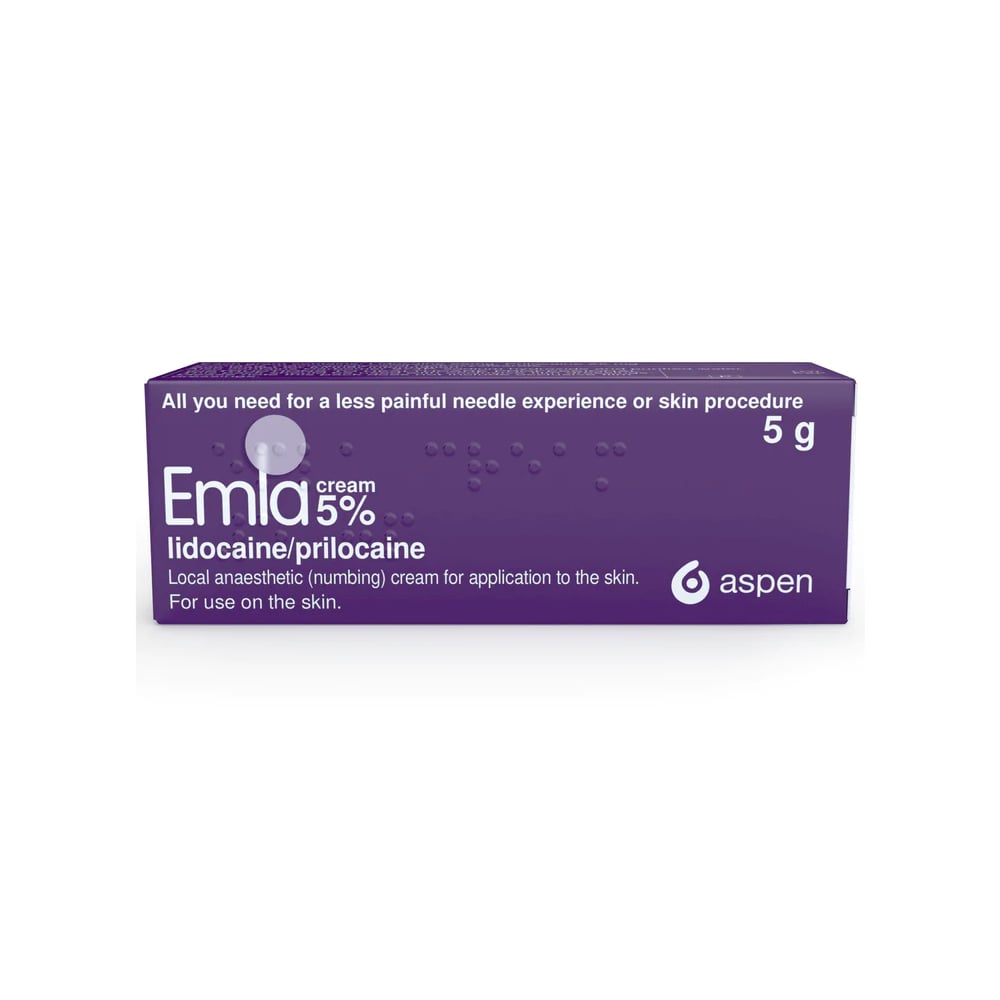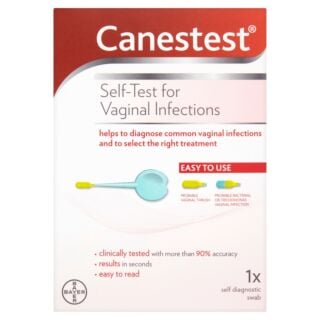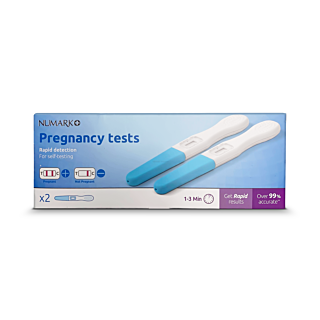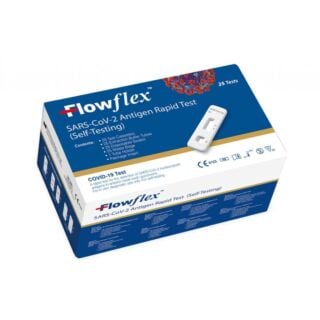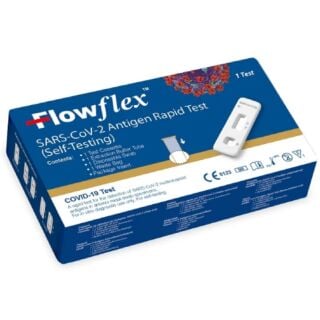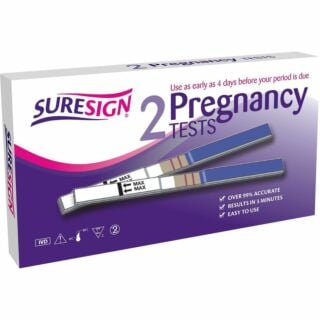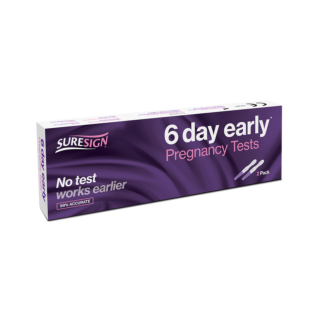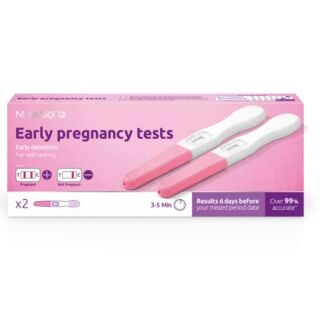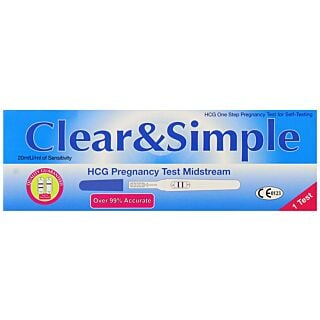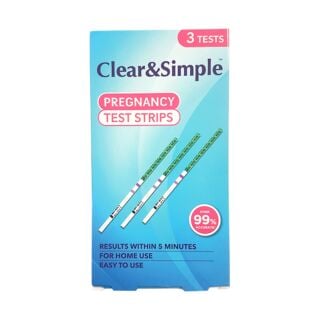Home Testing

Free delivery when you spend over £30

100% discreet delivery for every item ordered

Fully regulated UK pharmacy
Can you reuse a testing strip?
You can’t unfortunately, despite it sounding like a cost-effective option.
Whatever you try to do - flip the strip over or try to remove the first blood sample - as soon as you put it into the meter, it will tell you that the strip is invalid.
If you’re lucky enough to get a reading at all, it cannot be trusted as an accurate reading as the strip has been tampered with.
Manufacturers only put enough enzymes into the strip for one test and one test only - after it’s been used, there won’t be enough for another test.
How accurate is the CONTOUR®NEXT ONE glucose testing meter?
The CONTOUR® NEXT ONE blood glucose meter delivers remarkably accurate blood glucose readings beyond industry standards.
This means you can feel confident in making the best decisions for your diabetes management.
Are home sperm tests accurate?
A home testing kit can give you an idea if something isn’t right, but it can’t give you the most accurate insight into your sperm health - to do that, you’d need to visit a professional.
Sperm testing kits have a high accuracy rate of detecting one factor - how much sperm you have and whether that level is considered normal.
But there are other reasons that can cause infertility, like the sperm’s shape, movement and how many are alive.
Can you have a false reading on a pregnancy test?
It’s possible to have a positive reading on a pregnancy test even if you aren’t pregnant - this is why it’s advised to wait at least a week after your period was due to have the most accurate reading.
A false positive may be because of a chemical pregnancy, where the egg is unable to implant very early on; an ectopic pregnancy, a recent miscarriage or abortion, and certain medicines or medical conditions.
It’s best to get your pregnancy confirmed by a medical professional before accepting the news to avoid any disappointment.
Do you need a blood test to test for the menopause?
Yes, a blood test is an accurate way for your GP to determine whether you’re in the menopause by looking at your hormone levels. But a blood test is not the only way you can test for the menopause; home testing kits are a fast and easy way to test for the menopause in the comfort of your own home.
How soon can you do a pregnancy test?
It can be tempting to take a pregnancy test a few days after a missed period, but you should wait a week to ensure you get the most accurate result.
This is because it can take time for your body to develop the HCG (a hormone that’s released when a fertilized egg attaches itself to the uterus) that your pregnancy test will pick up to form a reading.


